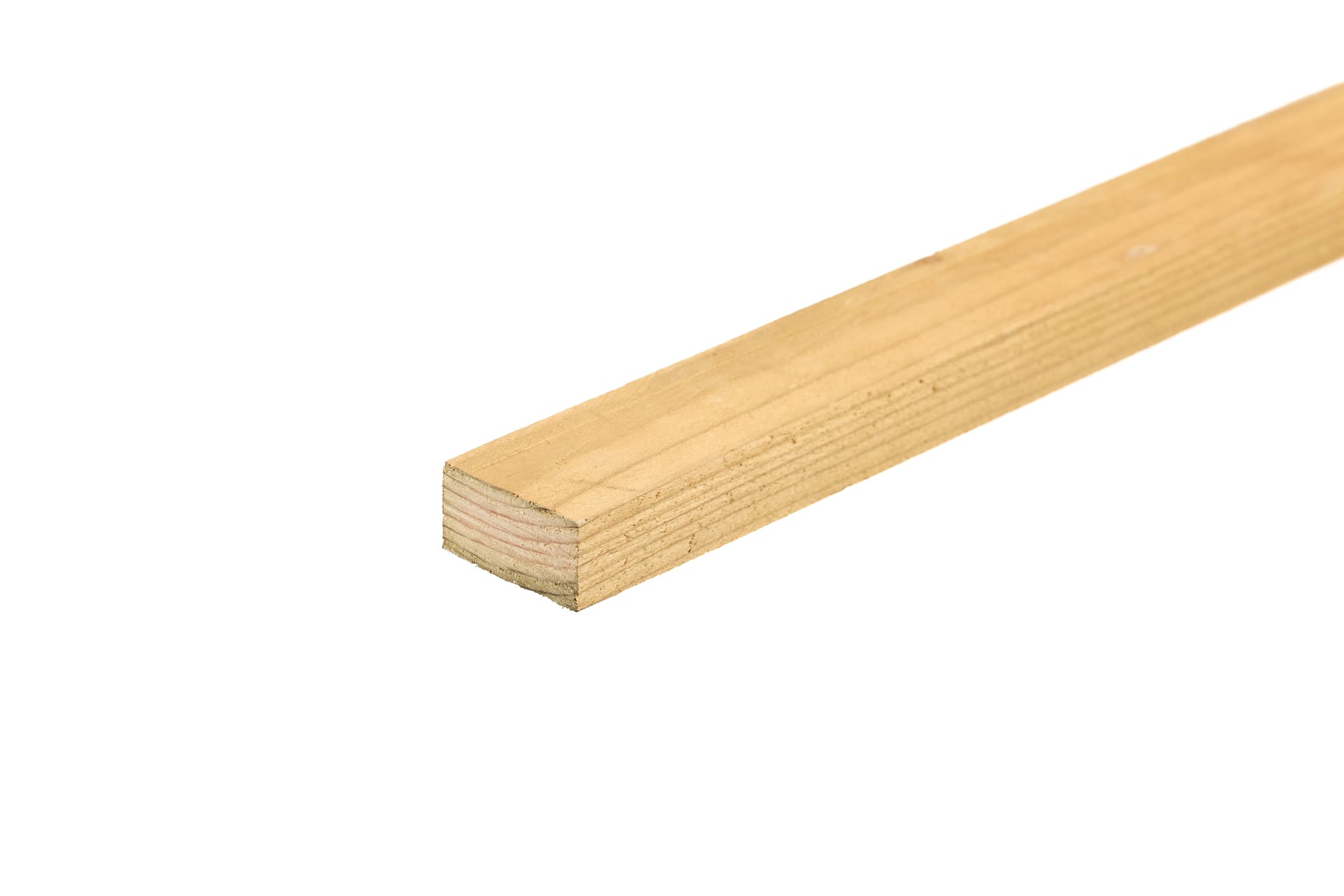Treated Timber
(152 Products)Treated timber is structural or joinery-grade wood that has been pressure impregnated with preservative agents to extend its service life and improve resistance to decay, moisture, and insect attack. Used extensively across construction, landscaping, and outdoor structures, it provides the durability required for exposed or high-moisture environments while retaining the natural strength and versatility of wood.
Understanding Treated Timber
Treated timber is natural wood that has been impregnated with preservatives under pressure to resist decay, insect attack, and fungal growth.
Unlike untreated timber, it is engineered to perform reliably even in challenging environments. Properly treated timber extends structural life, reduces maintenance, and helps avoid costly failures over time.
In modern construction, whether residential, landscape, or commercial, treated timber is a key material in frames, decks, cladding, posts, and exterior joinery. It brings together the inherent benefits of wood (workability, strength-to-weight ratio, thermal properties) with enhanced durability in moist or exposed conditions.
Because not all treated timber is created equal, correct specification is essential. The level of preservative penetration, retention (loading), and class of use must match the intended environment.
Use Classes & Suitability
Treated timber is classified into Use Classes by industry standard for intended exposure:
- UC2 (Use Class 2): Interior, dry environments where wetting is unlikely.
- UC3 (Use Class 3): Exterior, above-ground use where occasional moisture occurs (but not continuous wetting).
- UC4 (Use Class 4): Ground contact or freshwater contact, continuous moisture exposure, structural support in wet environments.
It’s critical: specifying UC3 timber for ground-contact use (or UC2 in wet exterior use) leads to premature decay.
Penetration & Retention (Loading)
Effective treatment depends on how deep the preservative penetrates and how much is retained in the wood. These metrics are governed by standards like BS 8417 for wood preservation in the UK. Higher retention and full sapwood (or even heartwood) penetration correlate with longer service life.
Timber Species and Treatability
Not all species respond equally to preservative treatment. Some softwoods (pine, spruce, fir) are common, but species like spruce may resist deep penetration unless incised or specially processed. The cellular structure, proportion of sapwood vs heartwood, and moisture content during treatment all influence outcome.
Kiln-Dried After Treatment (KDAT)
Timber that is kiln-dried before treatment (or reconditioned after treatment) improves dimensional stability and ensures more uniform preservative uptake.
Compatibility with Fasteners & Finishes
Preservatives can accelerate corrosion of metal fixings. Use stainless steel or hot-dip galvanised fixings to avoid staining or failure. Also, ensure any coatings (paint, stain, oil) are compatible with the preservative used.
Applications by Use Class
- UC2: Internal structural elements, dry timber frames, roof battens shielded from exposure
- UC3: Exterior cladding, decking boards, pergolas, garden fencing (above-ground parts)
- UC4: Fence posts in ground, retaining walls, landscape sleepers, structural timbers in contact with earth or water
Performance Expectations & Longevity
When correctly specified and installed, treated timber can offer decades of service life - often 30 to 60 years in UC4 applications under normal soil and exposure conditions. The Wood Protection Association (WPA) provides guidance on long-term field performance and best practices.
However, performance depends on maintenance, correct drainage, ventilation, and avoidance of design flaws that trap moisture or allow water pooling. Even the best-treated timber will fail prematurely if detailed poorly.
Frequently Asked Treated Timber Questions
What Does Pressure Treated Mean?
Pressure-treated timber, otherwise known as tanalised timber (due to the Tanalith E wood preservative that impregnates the wood) provides many benefits, such as resistance to the elements.
Pressure-treating wood is a process which impregnates timber's cellular structure with preservative chemicals. This process typically incorporates copper and organic co-biocides, which help to repel both insects and moisture.
What Is Sawn Timber?
Sawn timber is wood that has been cut to the required dimensions but hasn't yet been pressure treated and kiln dried.
Am I Able To Cut Treated Timber To My Preferred Size?
Yes, it is possible to cut treated timber, provided that you have all the appropriate power tools, eye protection, and a respirator to hand before cracking on.
Donning the correct PPE is essential as the cutting process releases tiny airborne particles of wood, possibly impregnated with the chemicals used in pressure-treating.
Treated wood also cuts a little more like wet wood so some extra care should be afforded to ensure the blade doesn’t slip while cutting.
Can Treated Timber Be Painted or Stained?
Yes. Once surface moisture has stabilised, treated timber accepts most exterior paints, stains, and oils. Always confirm product compatibility with preservative type for best adhesion and durability.
What Species Are Typically Used For Treated Timber?
Softwood species such as pine, spruce, and fir are commonly used due to their treatability and structural properties. Hardwood may be used in specific applications where higher natural durability is required.
Does Treated Timber Require Maintenance?
Minimal maintenance is required compared with untreated wood, but regular inspection, re-coating, and good design detailing such as ventilation and drainage will maximise service life.






























